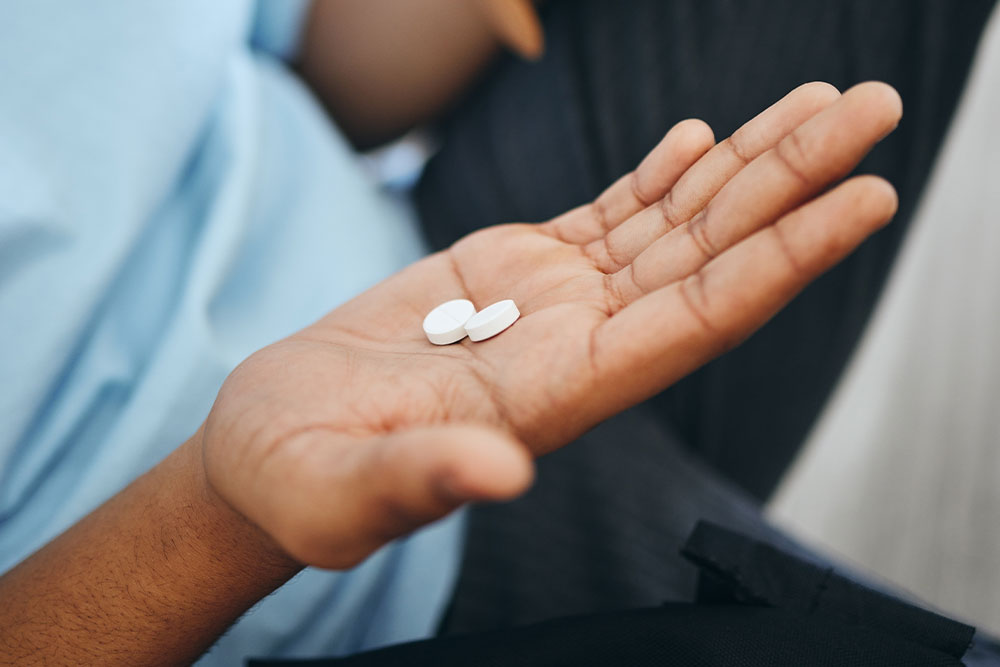Summary
CHCs are at the forefront of addressing the opioid crisis by expanding MAT programs, integrating behavioral health services, and leveraging the 340B program to improve medication access. Through telehealth expansion, naloxone distribution, and comprehensive community outreach, CHCs continue to play a vital role in combating opioid addiction and supporting recovery in vulnerable populations.
The opioid crisis continues to be a significant public health challenge in the United States, disproportionately affecting underserved communities. Community Health Centers (CHCs) play a crucial role in combating opioid addiction by providing accessible and comprehensive care. Here’s how CHCs are addressing the opioid epidemic and improving outcomes for affected populations.
1. Expanding Medication-Assisted Treatment (MAT) Programs
Medication-Assisted Treatment (MAT) is a proven approach to treating opioid use disorder (OUD). CHCs are increasing access to MAT by training providers to prescribe buprenorphine, methadone, and naltrexone. Integrating MAT with behavioral health services ensures a holistic approach to addiction recovery.
2. Integrating Behavioral Health and Substance Use Services
CHCs are adopting integrated care models that combine primary care, behavioral health, and substance use treatment under one roof. This comprehensive approach reduces stigma, improves patient engagement, and enhances long-term recovery outcomes.
3. Expanding Access to Naloxone
Naloxone (Narcan) is a life-saving medication that can reverse opioid overdoses. CHCs are distributing naloxone kits to patients, families, and community members and providing training on how to administer the drug effectively. Ensuring widespread availability of naloxone helps prevent overdose deaths.
4. Leveraging 340B Drug Pricing for Affordability
Through the 340B Drug Pricing Program, CHCs can offer opioid treatment medications at reduced costs, making them more accessible to patients in need. Ensuring compliance with 340B regulations while maximizing savings allows CHCs to reinvest in addiction treatment programs.
5. Community Outreach and Prevention Efforts
CHCs are engaging in public education campaigns to raise awareness about opioid misuse and prevention strategies. Partnering with schools, faith-based organizations, and local health departments enhances outreach efforts and connects individuals to necessary resources.
6. Implementing Telehealth for Addiction Treatment
Telehealth services have expanded access to opioid treatment, particularly in rural and underserved areas. Virtual counseling, remote MAT consultations, and digital support groups help patients stay engaged in their recovery journey.
7. Addressing Social Determinants of Health
Stable housing, employment, and access to nutritious food significantly impact recovery outcomes. CHCs are integrating social services into addiction treatment plans, helping patients overcome barriers that contribute to substance use disorders.
Conclusion
CHCs are at the forefront of addressing the opioid crisis by expanding MAT programs, integrating behavioral health services, and leveraging the 340B program to improve medication access. Through telehealth expansion, naloxone distribution, and comprehensive community outreach, CHCs continue to play a vital role in combating opioid addiction and supporting recovery in vulnerable populations.

